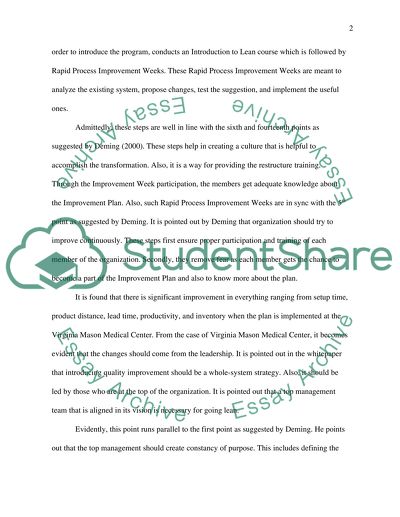Cite this document
(“Deming's 14 Point Program: Quality Outcomes in Today's Health Care Essay”, n.d.)
Retrieved from https://studentshare.org/health-sciences-medicine/1442671-quality-outcomes-at-a-va-outpatient-mental-health
Retrieved from https://studentshare.org/health-sciences-medicine/1442671-quality-outcomes-at-a-va-outpatient-mental-health
(Deming's 14 Point Program: Quality Outcomes in Today'S Health Care Essay)
https://studentshare.org/health-sciences-medicine/1442671-quality-outcomes-at-a-va-outpatient-mental-health.
https://studentshare.org/health-sciences-medicine/1442671-quality-outcomes-at-a-va-outpatient-mental-health.
“Deming's 14 Point Program: Quality Outcomes in Today'S Health Care Essay”, n.d. https://studentshare.org/health-sciences-medicine/1442671-quality-outcomes-at-a-va-outpatient-mental-health.


